Complex Regional Pain Syndrome
Complex Regional Pain Syndrome (CRPS), also called Reflex Sympathetic Dystrophy (RSD), is continuous, intense pain which is out of proportion to the injury severity. It is most common in people aged 20-35. It does occur in children. Women are more likely to be inflicted with CRPS than men. It can occur at any age and treatment is most effective when begun early in the course of the syndrome. There is no cure for CRPS. However, symptoms can be greatly improved by aggressive treatment.
(article continues below the video)
(continued article text)
There are two types of CRPS. Both types have similar signs and symptoms, but the causes are different. Type one occurs after an injury or illness that did not directly injure or damage the nerves and the affected limb. Type two occurs after a distinct nerve injury. Examples of injuries or illnesses which can result in CRPS include infections, improperly placed splints or casts, primary neurological problems such as carpal tunnel syndrome, fractures, sprains, heart attacks, surgery and forceful trauma such as gun shoot wounds or explosions.
CRPS may be a result of dysfunction in the central or peripheral nervous systems. The sympathetic nervous system may also play an important role in CRPS. Other theories include an intense immune response leading to classic inflammatory symptoms of swelling, warmth, and redness in the affected area.
Signs and symptoms include
Swelling and stiffness in affected joints
Skin sensitivity
Burning pain
Changes in hair and nail growth
Decreased ability to move the affected body part
Changes in skin temperature such that the skin in one extremity may feel cooler or warmer compared to the opposite extremity
Changes in color (skin may appear red, pale, purple, or blotchy)
CRPS may result in continuous, intense pain that is out of proportion to the severity of the injury. Even if the original injury occurs in a finger or toe, pain can spread to include the entire leg or arm. In many cases, pain can even extend to the opposite extremity.
CRPS may be diagnosed by your doctor first by performing a medical history and physical examination. Other tests include triple phase bone scans, x-rays, MRIs, and sympathetic nervous system tests including thermography and tests which measure the production of sweat in both limbs.
The three basic measures in therapy include pain management, rehabilitation (including physical therapy), and psychological therapy if needed. Treatments include sympathetic nerve blocks, physical and or occupational therapy, and spinal cord stimulation. Medications include topical analgesics, low dose opiates, anti-depressants, and anti-seizure drugs. Anti-seizure drugs include gabapentin and Lyrica (pregabalin). Antidepressants include Cymbalta (duloxetine) and tricyclic anti-depressants.
Biofeedback is also a treatment to relieve painful symptoms. Biofeedback involves becoming more aware of your body so that you can relax your body and relieve pain. Applying heat is another method to relieve painful symptoms. Electric hand and foot warmers are effective. However, it is important that a barrier is placed between the skin and the heating object to avoid burns.
Some experts believe that applying cold may be effective in relieving painful symptoms. This is a controversial area, and I believe that cold should be avoided as it may exacerbate the painful symptoms of CRPS. Pain can also be diminished by reducing swelling. Ways to reduce swelling include elevation of the affected limb above heart level and this is easier when CRPS involves the hands.
When CRPS involves the lower extremities, elevating the leg(s) above heart level will necessitate that the individual lay on their back. Another effective way of decreasing swelling is by using upper or lower extremity edema gloves. These gloves apply light pressure but can be very effective in decreasing the amount of swelling.
Living with the painful symptoms of CRPS daily can be emotionally challenging. Support groups allow you to share experiences with other individuals experiencing similar symptoms. It is important not to hide your feelings or emotions from your doctor. Behavioral psychologists or therapists may be very helpful as well. Organizations such as the Reflex Sympathetic Dystrophy Syndrome Association can provide important information as well as support.
Tania Faruque MD is the medical director of Palomar Spine & Pain, in Escondido, CA (North San Diego County).
